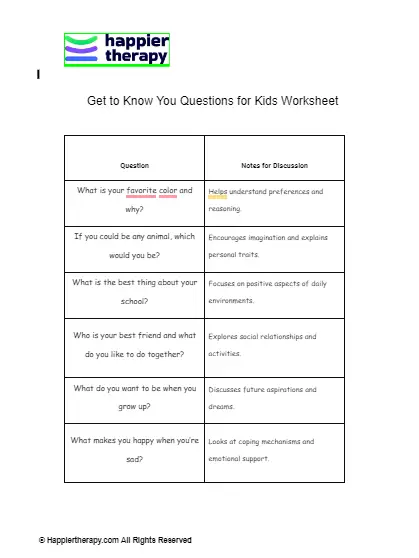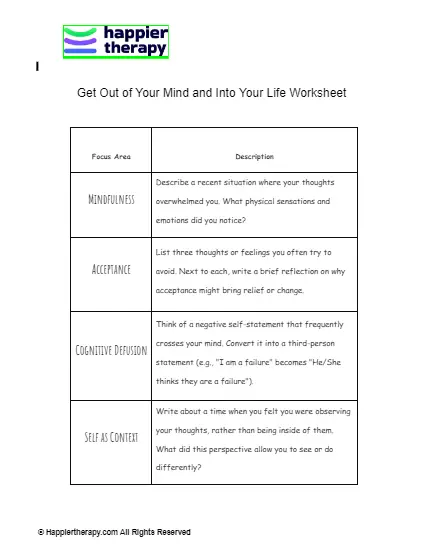Changing negative communications to positive worksheet
Download Worksheet
What is the theory behind this Changing negative communications to positive worksheet?
The words we use and the way they are said have a strong impact on the outcome of any conversation and the quality of our interpersonal relations. Positive communication is effective, supportive, empathetic and aimed at reaching a positive end. Negative communication is incomplete, doubtful, disrespectful and creates conflicts.
How will the worksheet help?
The worksheet will educate your client about some common characteristics of positive and negative communication and help them analyze their own communication style for potential issues. It will primarily be one step in changing their interpersonal communication.
How to use the worksheet?
This worksheet can be used as a homework assignment for client’s struggling with communication issues in their interpersonal relationships. The therapist and client can discuss these issues and devise a strategy to overcome them.
Changing negative communications to positive worksheet
How we communicate with others determines the quality of our relationships. Sometimes we develop negative communication habits unknowingly which leads to strained relations. Use the list given below to do a self-analysis of your communication style.
| Positive Communication | Negative Communication |
Respecting and understanding the other person’s opinionListening to understandSharing your opinion without hurting othersUse of clear language Short and focusedUse of examples and factsUse of a polite, gentle toneConfident body languageWilling to reach mutual agreementsUsing encouraging gestures to get the conversation goingFocusing on solutionsShow genuine interest Praising | Lack of concern for othersExerting your opinionDisregarding factsCritical or blamingSpeaking too quietly or too loudly. Withdrawing when opinion is not acceptedUse of illogical arguments to support your opinionsFrequent InterruptionsUnfriendly or hostile body languageFocusing on exaggerating issuesSelfish need to have their own needs metAlways criticizingDefensive response |
- Which of these behaviors either positive or negative have you observed in your communication style?

You can download this worksheet here.

 By
By


